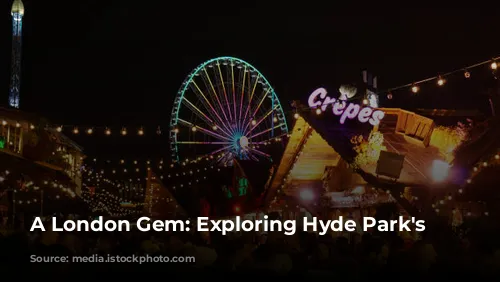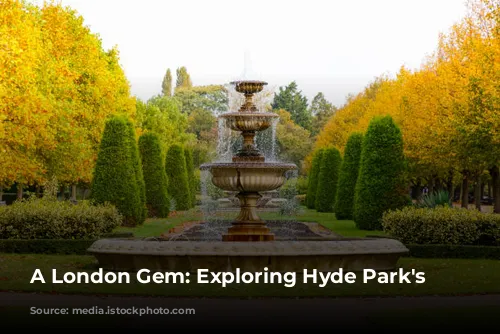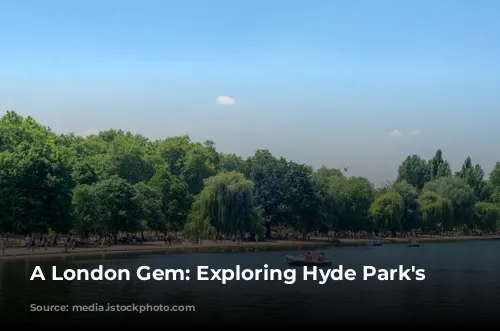Hyde Park, one of London’s most beloved green spaces, sprawls across 142 hectares of meticulously manicured gardens, wild meadows, and majestic trees. It’s a haven of tranquility amidst the city’s bustle, offering a wealth of attractions and activities throughout the year.
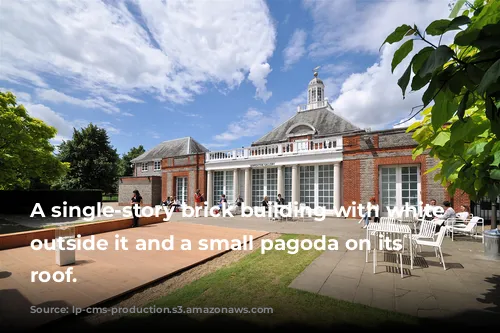
A Verdant Paradise for All
The eastern half of the park is a sprawling expanse of verdant lawns, perfect for picnics and leisurely strolls on sunny days. The western half takes on a more untamed character, with its canopy of trees and stretches of wild grass. For a splash of color and a shady retreat, venture to the Rose Garden, a beautifully landscaped oasis bursting with blooms throughout the year. A short walk west leads you to the Holocaust Memorial Garden, a serene grove of trees adorned with a simple stone marker. No visit to Hyde Park is complete without exploring the Serpentine, a picturesque lake, and the Diana, Princess of Wales Memorial Fountain, a mesmerizing spectacle.

Relax and Reconnect
Once you’ve discovered your perfect spot in the park, rent a deck chair for an hour or two (or even the entire day!), and soak up the ambiance. These comfortable chairs are available throughout the park from March to October, weather permitting.
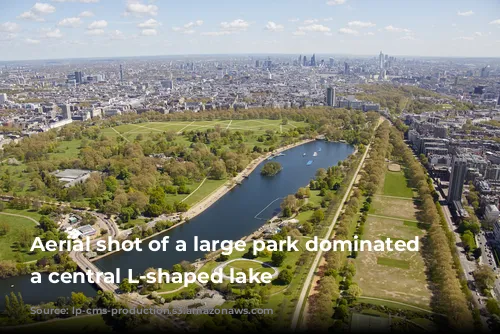
Dive In or Paddle Along
The Serpentine, an L-shaped lake, separates Hyde Park from Kensington Gardens. During the warmer months (June to September), you can take a refreshing dip at the Serpentine Lido, a designated swimming area within the lake. A dedicated paddling pool ensures little ones have a safe and enjoyable time in the water too. Alternatively, rent a paddle boat from the Serpentine Boathouse and explore the lake at your own pace.
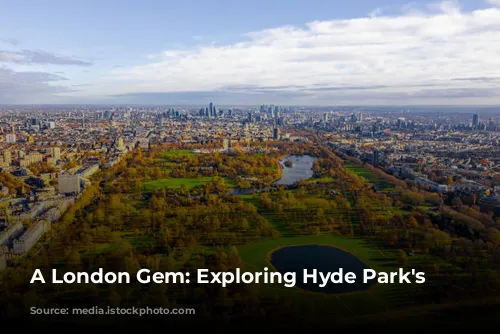
A Fountain of Memories
The Diana, Princess of Wales Memorial Fountain is a poignant tribute to the beloved royal. Designed by Kathryn Gustafson as a “moat without a castle,” the fountain’s circular double stream is composed of 545 pieces of Cornish granite, its water drawn from a chalk aquifer more than 100m below ground. The fountain’s unique feature is its playful nature—visitors are encouraged to splash about, much to the delight of children.
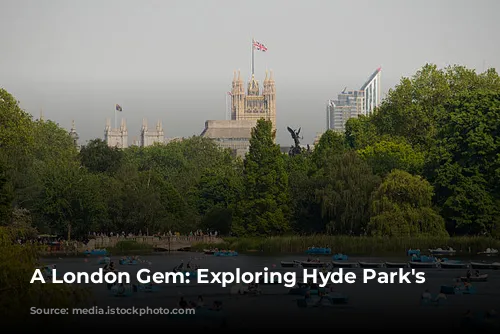
Serene Travel on the Serpentine
For a leisurely journey across the Serpentine, hop aboard the Serpentine SolarShuttle Boat. This eco-friendly vessel operates between the Serpentine Boathouse and the Diana, Princess of Wales Memorial Fountain on weekends from March to September, with daily service from mid-July to late August.
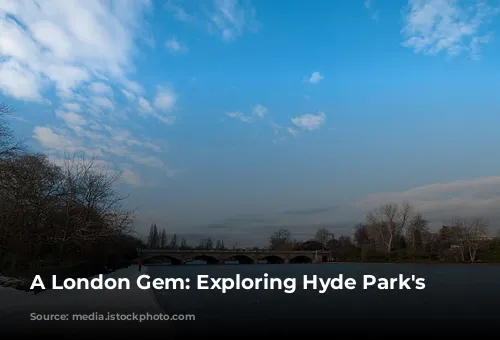
The Heart of Debate: Speakers’ Corner
Frequented by prominent figures like Karl Marx, Vladimir Lenin, George Orwell, and William Morris, Speakers’ Corner in the northeastern corner of Hyde Park is a historic haven for free speech. Here, anyone can voice their opinions, from fringe dwellers to religious fanatics, with a healthy dose of heckling thrown in for good measure. This unique space, a concession granted in 1872 after a series of riots, is the only place in Britain where demonstrations can be held without police permission. It’s a testament to the enduring power of free speech and a reminder of the park’s rich historical legacy.
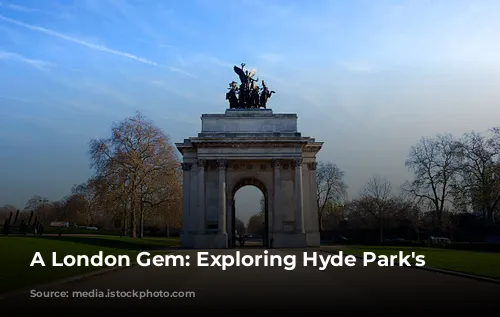
Art in the Heart of Hyde Park
Hyde Park is home to two renowned art galleries that are a must-visit for art enthusiasts. South of the Serpentine lake, the original Serpentine Gallery, housed in a former tea pavilion built in the 1930s, has hosted exhibitions by acclaimed artists such as Damien Hirst, Andreas Gursky, and Jeff Koons. Across the Serpentine Bridge, within the Magazine, a former gunpowder depot, lies the Serpentine Sackler Gallery. Built in 1805, the Magazine was expanded with a daring undulating extension designed by Pritzker Prize–winning architect Zaha Hadid.
These galleries offer a dynamic program of exhibitions, readings, and talks. Each year, a renowned architect is commissioned to build a new Summer Pavilion nearby, open from June to October.
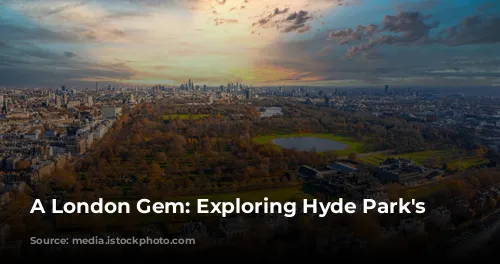
Hyde Park’s Rich History
Hyde Park’s history is as captivating as its present-day attractions. King Henry VIII confiscated the land from the church in 1536, transforming it into a hunting ground for royalty and aristocracy. Over time, the park witnessed duels, executions, and horse races, reflecting the changing dynamics of the city. In 1851, the park hosted the Great Exhibition, a landmark event that showcased the latest technological advancements. During World War II, it was transformed into a vast potato bed, a testament to its adaptability and importance to the community.

Accommodation Near Hyde Park
Hyde Park offers a range of accommodation options for every budget. Budget-conscious travelers will find decent choices around Lancaster Gate, Queensway, and Bayswater Tubes, north of the park. Kensington, with its proximity to Hyde Park, offers a wealth of high-end hotels. From luxurious suites to charming boutiques, you’ll find the perfect place to rest and rejuvenate after a day exploring this London treasure.
